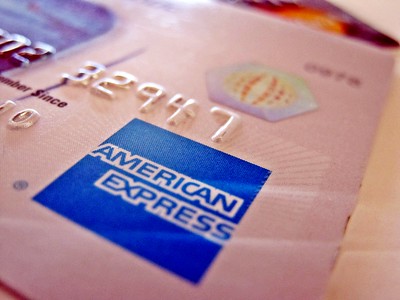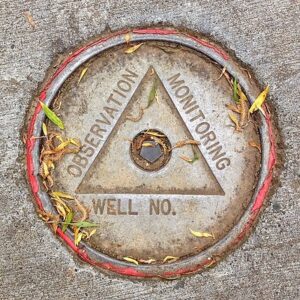The latest New York Federal Reserve bank consumer data shows that while consumers feel good about both their current employment and their chances of landing a better job, they’re also keeping an eye on their growing credit card debts. Among consumers in the NY Fed’s survey, the number of respondents who believe they’re likely to miss a minimum credit card payment in the next three months rose from 13.6% to 14.2% in August. That’s the third consecutive month in which consumers reported growing uncertainty about their short-term financial picture.
What’s more important here is that more than 20% of consumers who made less than $50,000 per year think they’ll miss a minimum credit card payment in the next three months. It highlights the growing financial pressure that lower-income Americans are experiencing when it comes to paying their credit card bills.
Perception doesn’t aways track with reality. The actual credit card delinquency rate in the second quarter of this year – which measures the percentage of consumers who have not made a required payment on their credit card balances in at least 30 days – was 3.25%. That’s an increase of 0.1% from the first quarter of 2024.
So, about 3.5 times more consumers think they will miss a payment compared to the number of consumers who actually fall behind. The fact that a growing number of consumers can realistically envision themselves coming up short on their credit card payments in the next few months when the fundamentals of the US economy are generally good reflects the widening gap between what consumers earn and what they spend. It’s also important to remember that the Fed’s data focus on consumers’ abilities to make minimum credit card payments, not paying off the balance they owe. Minimum payments usually range between 1%-3% of the account balance.
Growing credit card debts just one reason to focus on high-wage, high-demand programs
The New York Fed data just gives more visibility to the working poor in the US. These households make too much money to qualify for federal and state assistance programs, but don’t make enough money to pay all their bills. In Washtenaw County, nearly four out of ten households fall into this category.
Moving these families away from the financial edge requires them to have resources that can enable them to earn more money. WCC could be such a resource if it offered more high-wage, high-demand programs. Not only could these programs help students earn more, it could also help attract new economic opportunities to Washtenaw County.
This is what Washtenaw County needs if it is going to retain its prime age workforce and attract new economic opportunities to the area.
Photo Credit: Images Money , via Flickr
















